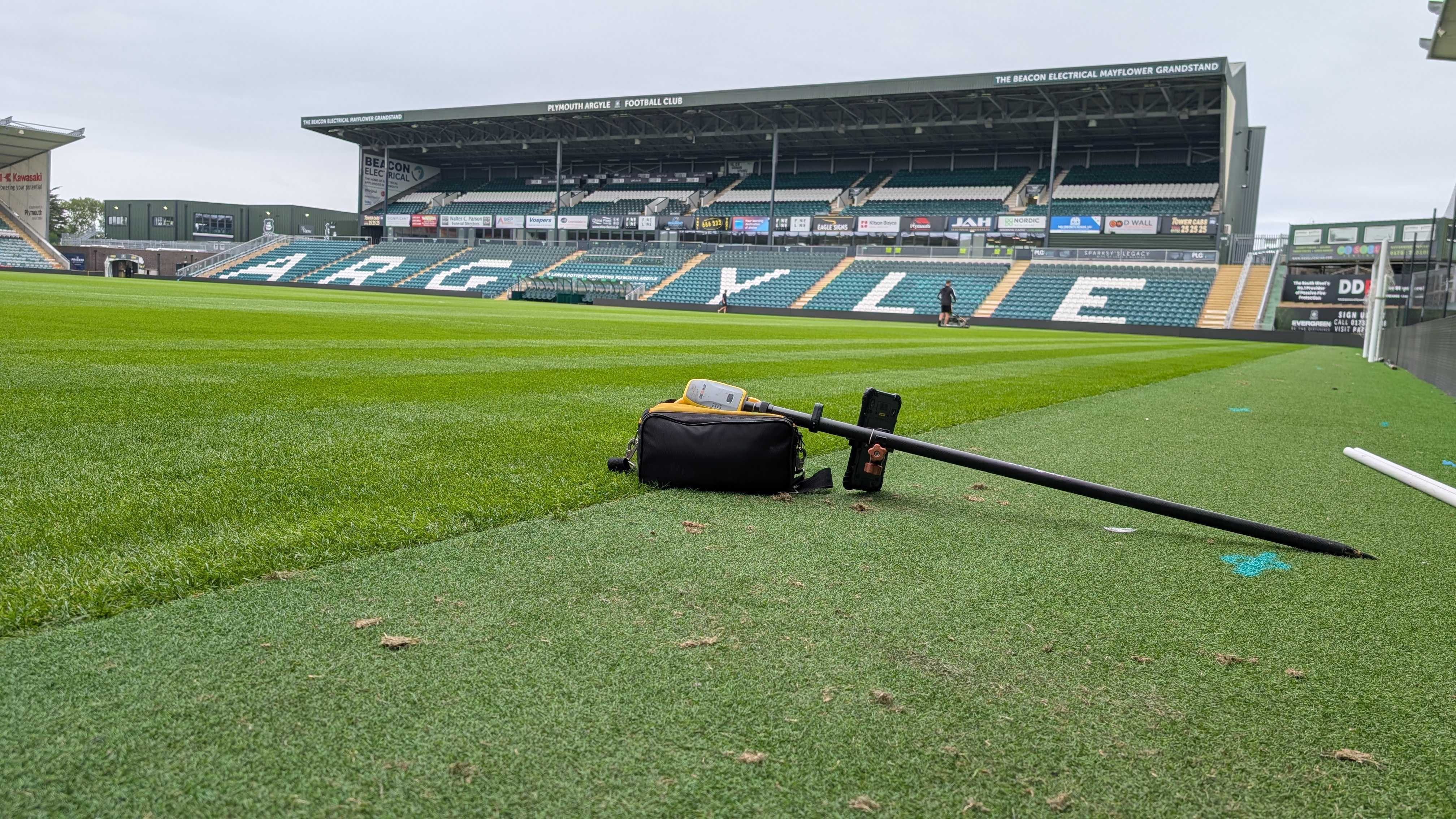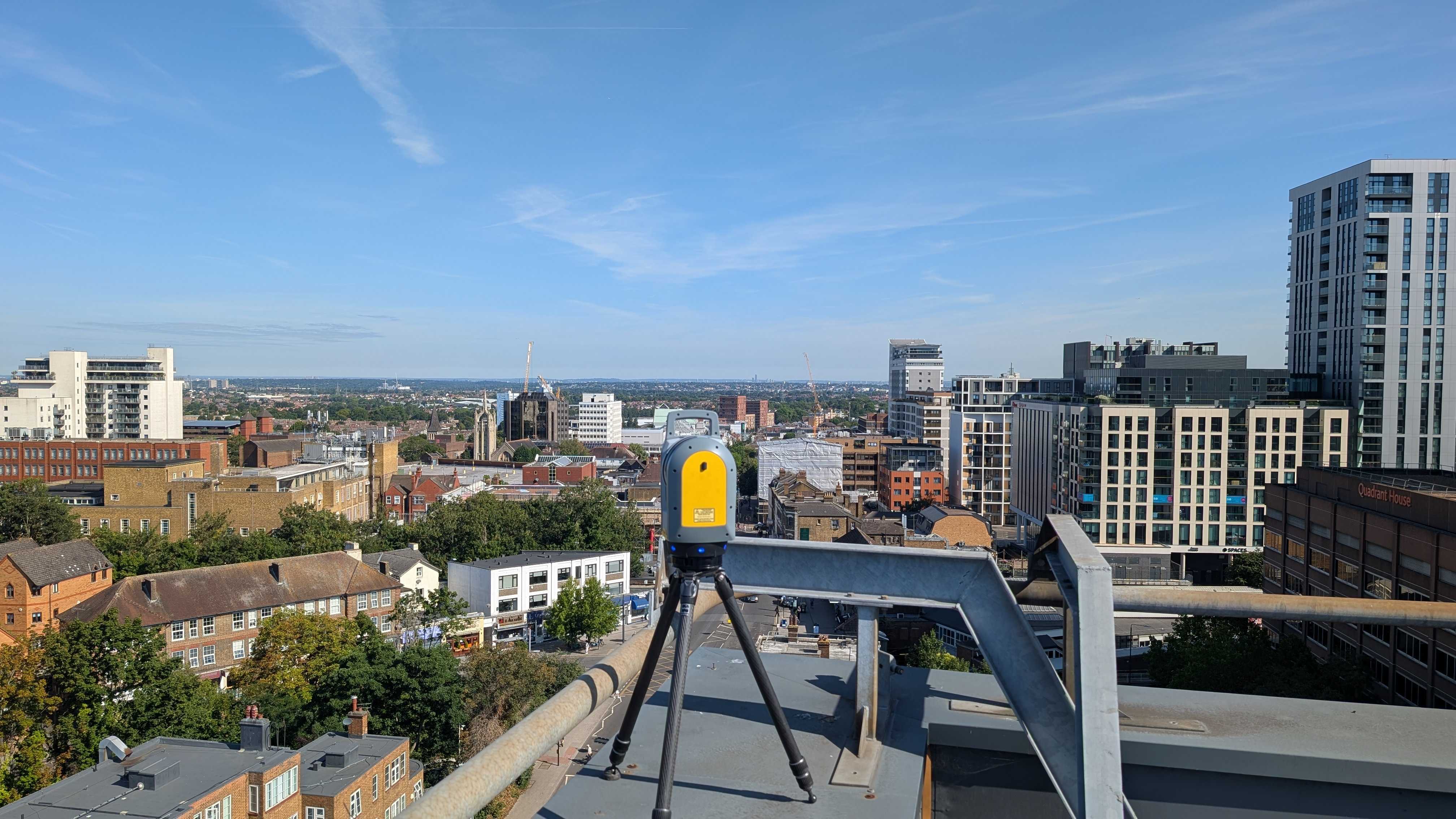Unexpected problems in construction not only disrupt timelines but also pose risks of costly work and potential litigation.
Structural monitoring offers a proactive solution to these challenges by providing early detection of potential issues before they escalate into major problems.
This blog delves into the role of early issue detection through structural monitoring, emphasising its cost-effectiveness in preventing significant setbacks and reducing overall project expenses.
By understanding how proactive monitoring can save both time and money, you can make informed decisions to safeguard investments and ensure project success.
Potential Infrastructure Project Issues
Infrastructure projects, whether they involve the construction of buildings, rail tracks, or tunnels, are complex and fraught with numerous challenges.
High Costs and Delays
Unanticipated structural problems can halt construction, necessitate extensive repairs, and require additional resources to address.
For example, discovering a foundational crack midway through a high-rise building project can delay construction for weeks or even months while engineers assess the damage and devise a solution.
Such delays increase labour costs, extend equipment rental periods, and disrupt project schedules, ultimately inflating the overall budget.
Risk of Costly Remedial Work
Beyond the immediate expenses and delays, unforeseen structural issues often lead to costly remedial work.
Addressing problems reactively rather than proactively means that repairs are typically more extensive and expensive.
For instance, if ground settlement is not detected early in a tunnel project, it may result in significant structural damage that requires extensive and costly repairs.
Litigation Risks
Another critical pain point is the risk of litigation arising from structural failures. When issues are not identified and addressed promptly, they can lead to safety hazards, accidents, and even structural collapses. Such incidents can result in lawsuits, insurance claims, and regulatory fines.
Impact on Project Timelines and Budgets
Unforeseen structural issues disrupt project timelines, leading to missed deadlines and extended project durations. This not only affects the current project but also impacts future projects that rely on the same resources and schedules. Additionally, the financial strain from unexpected costs can lead to budget overruns, affecting the overall financial health of the project.
So, how can early detection prevent these possible issues on your project?
The Role Of Early Detection In Structural Monitoring
Early detection is crucial in effective structural monitoring, providing the critical ability to identify potential issues before they escalate into major problems.
How Does Structural Monitoring Work?
Structural monitoring involves the use of advanced technologies and methods to continuously observe and analyse the physical conditions of structures. Sensors and instruments are strategically placed on various parts of the structure to measure parameters such as stress, strain, vibration, displacement, and temperature. These sensors collect real-time data, which is transmitted to a central system for analysis.
What Are The Types Of Potential Issues Detected Early?
Early detection through structural monitoring can identify a wide range of potential issues, including:
- Stress Accumulation
- Deformation
- Material Fatigue
- Ground Settlement
- Vibration and Dynamic Loads
Benefits of Early Detection
The primary benefit of early detection is the ability to address issues before they become critical, thereby preventing major failures and reducing the need for extensive remedial work.
- Cost Savings: By identifying and addressing problems early, costly repairs and project delays can be avoided, resulting in significant financial savings.
- Enhanced Safety: Early detection ensures that any structural weaknesses or risks are managed promptly, enhancing the overall safety of the infrastructure.
- Improved Project Management: Real-time data and early warnings allow for better planning and resource allocation, ensuring that projects stay on schedule and within budget.
- Long-term Durability: Continuous monitoring and early intervention help maintain the structural integrity and longevity of the infrastructure.
Conclusion
Proactive structural monitoring is a powerful tool for mitigating risks and achieving significant cost savings in infrastructure projects.
By providing early detection of potential issues, it enables timely interventions that prevent major problems, reduce repair costs, and minimise project delays.
At Intersect Surveys, we specialise in providing state-of-the-art structural monitoring solutions tailored to your specific needs. Our advanced technologies and expert team ensure that you receive accurate, real-time data to make informed decisions and safeguard your investments.
Choose Intersect Surveys for proactive monitoring solutions that save you time and money, ensuring the success of your infrastructure projects. Contact us today!
FAQs
1. How does early detection in structural monitoring save money on infrastructure projects?
Early detection through structural monitoring saves money by identifying potential issues before they become significant problems. By catching issues like stress accumulation or ground settlement early, projects can avoid costly remedial work, prevent delays, and reduce the risk of litigation.
2. What types of issues can be detected early through structural monitoring?
Structural monitoring can detect a variety of issues early, including stress accumulation, deformation, material fatigue, ground settlement, and vibration from dynamic loads. By continuously monitoring these parameters, the system provides real-time data that alerts project managers to potential problems, allowing for timely interventions that prevent major structural failures.
3. Why is proactive structural monitoring important for project timelines?
Proactive structural monitoring is crucial for maintaining project timelines because it allows for the early detection of issues that could otherwise cause significant delays. By identifying and addressing potential problems before they escalate, project managers can avoid unanticipated disruptions, ensuring that construction stays on schedule.








